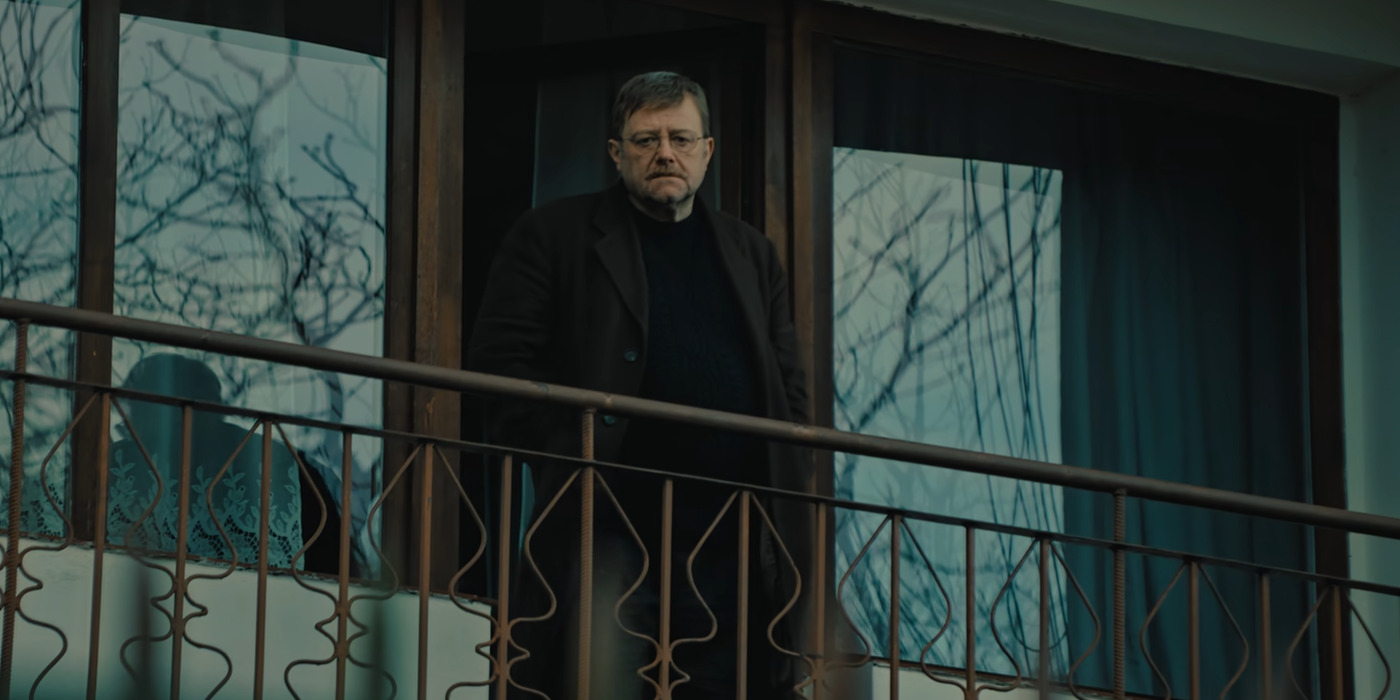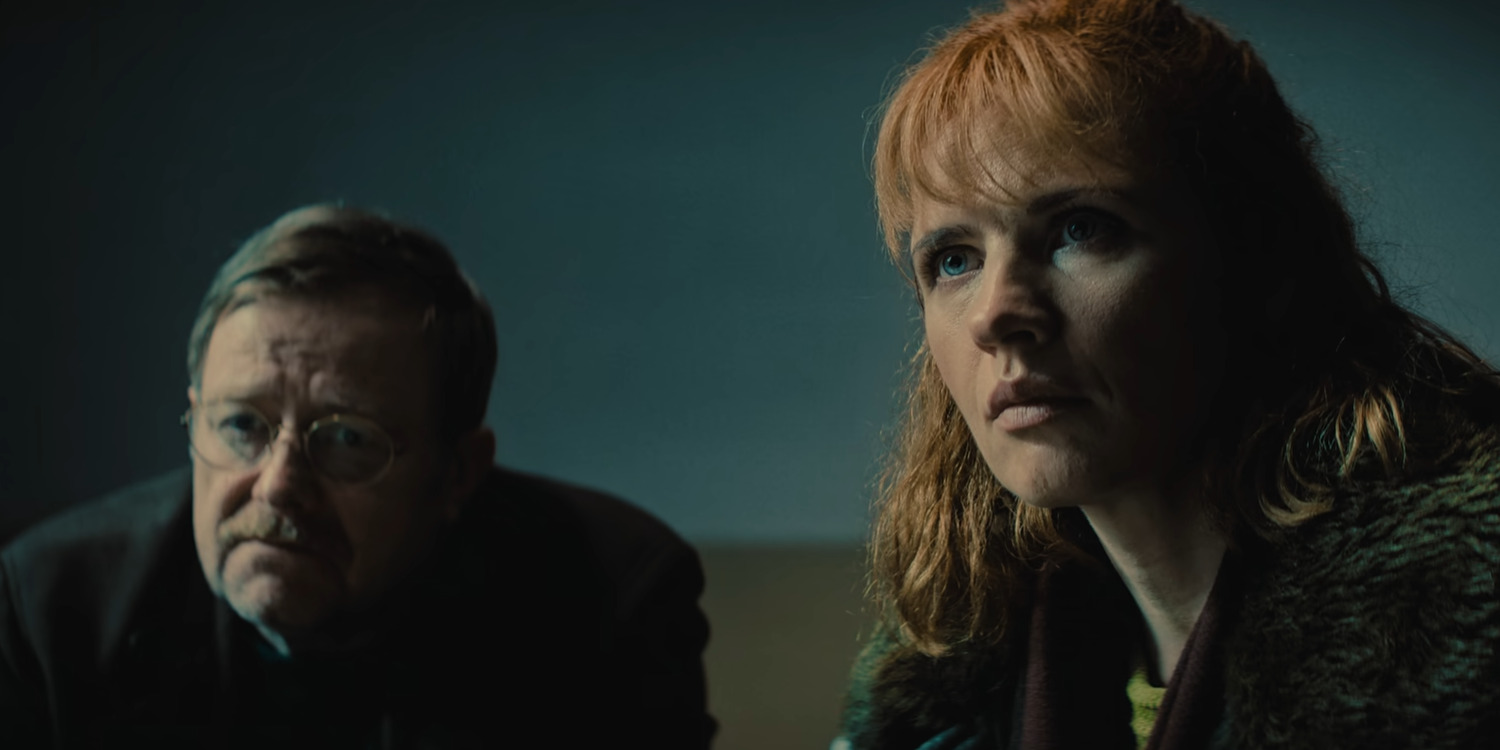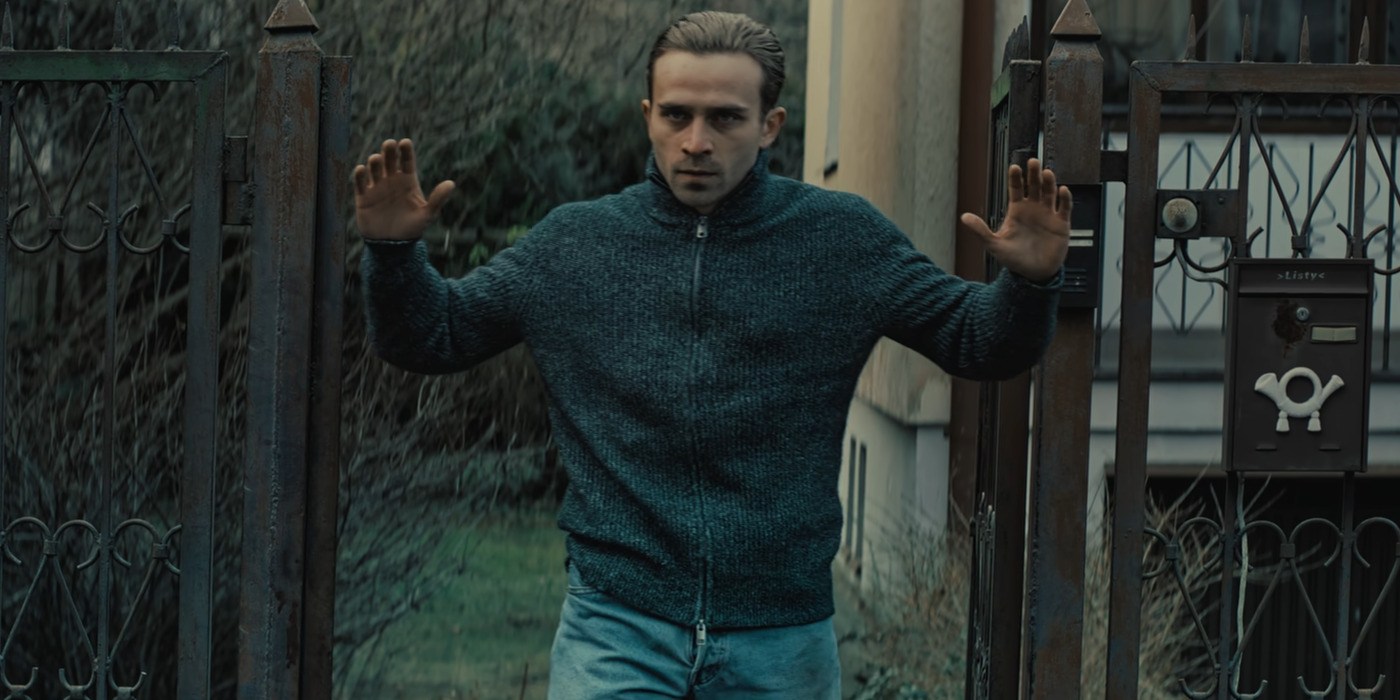Michal Gazda’s Polish crime film ‘Justice’ delves into one brutal bank robbery in 1990s Warsaw and the intense police investigation that follows. Amidst the public’s dubious trust in the police, a bank robbery—that leaves three employees dead—threatens to aggravate the department’s public image further. As a result, the local prosecutor reaches out to Tadeusz Gadacz, a retired cop—who fell from grace due to his unconventional methods and past loyalties. Thus, faced with an offer to erase his mistakes, the detective undertakes the investigation into the robbery on a two-week deadline.
From the get-go, Tadeusz and his new partner, Aleksandra Janicka, pin down a security guard, Kacper Surmiak, as their prime suspect. However, as the cops unravel his life, questions arise about how far Tadeusz is willing to go to achieve justice. The film takes a deep dive into the official proceedings involved in violent crimes—particularly through the lens of the 1990s. As a result, viewers may be compelled to grow intrigued by the possible connection between Tadeusz’s case and reality.
Justice Takes Inspiration From a Real-Life Criminal Case
‘Justice,’ also known as ‘Napad,’ sports a nuanced relationship with real life. The film isn’t a true crime or biographical account of a true story and largely fictionalizes its narratives and characters. Even so, a real-life criminal case reportedly inspired the base premise for the film. In ‘Justice,’ the inciting crime stems from three people robbing a bank and leaving multiple dead bodies behind. A very similar story unfolded in real life on March 3, 2001, in Warsaw, when a group of criminals infiltrated the No. 6 Branch of Kredyt Bank at Żelazna Street.

The real-life criminals—Krzysztof Matusik, Marek Rafalik, and Grzegorz Szeles—all worked in the field of security. Matusik, who was a guard at the Żelazna Street bank, swapped shifts with another guard on the day of the robbery and used his familiar presence at the establishment to get his foot in the door. From there, Matusik and his collaborators terrorized the bank employees and exited with 76 thousand zlotys (polish currency), leaving four dead bodies behind. In the end, the perpetrators were sentenced to life imprisonment in 2002.
Evidently, the on-screen robbery that Tadeusz investigates perfectly parallels the real-life robbery conducted by Matusik and his collaborators. Consequently, it remains apparent that the latter instance served as a point of inspiration for the film’s genesis. Even so, the film significantly builds a fictional narrative atop the true-story-inspired premise by ensuring Kacper’s actions and motives significantly depart from reality. Furthermore, it also distances the on-screen storyline from the real crime by shifting the narrative focus to Tadeusz’s police investigation. As such, despite mining inspiration from the real-life Warsaw Bank Robbery of 2001, the film retains a sense of fictionality.
Justice Presents a Realistic Exploration of 1990s Poland
One of the most notable aspects in which ‘Justice’ distinguishes its narrative from the Warsaw Bank Robbery of 2001 remains the film’s period setting. Even though the film’s premise finds roots in a criminal case that unfolded in the early 2000s, the on-screen storyline unravels in the 1990s. The same remains an intentional creative decision that stems from the desire to portray Poland’s social culture during the 1990s. Since 1989 saw the fall of communism in Poland, the late 1980s era remained defined by an uncertain time of difficult cultural shift.

Director Michal Gazda discussed the same in a conversation with Rzeczpospolita, a Polish newspaper publication. Since the filmmaker grew up in Poland during the 90s, he personally underwent the confusing era that herded capitalism in the wake of communism. As such, he was eager to present a story that showcased the tumultuous reality of the time devoid of any nostalgic romanticization. The same remains most clearly evident in Tadeusz Gadacz’s storyline. As a police officer who served during the country’s communist times, Tadeusz’s character sports many stereotypical makings of an old-school, hard-boiled cop.
However, the narrative equips Tadeusz’s cliched character design to explore the pitfalls of old-school policing as it constantly warred with modern-day morals. As a result, the film presents a unique detective story that analyzes the nuances of its period setting through its central crime. Thus, the film manages to further infuse its narrative with a sense of realism, allowing the story to remain a mix between fact and fiction.
Read More: Justice Ending, Explained


You must be logged in to post a comment.